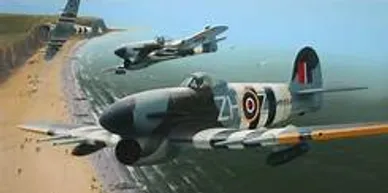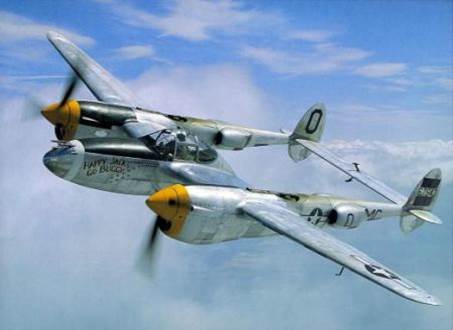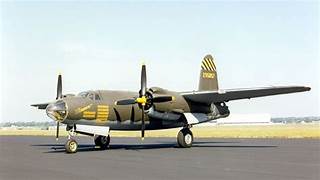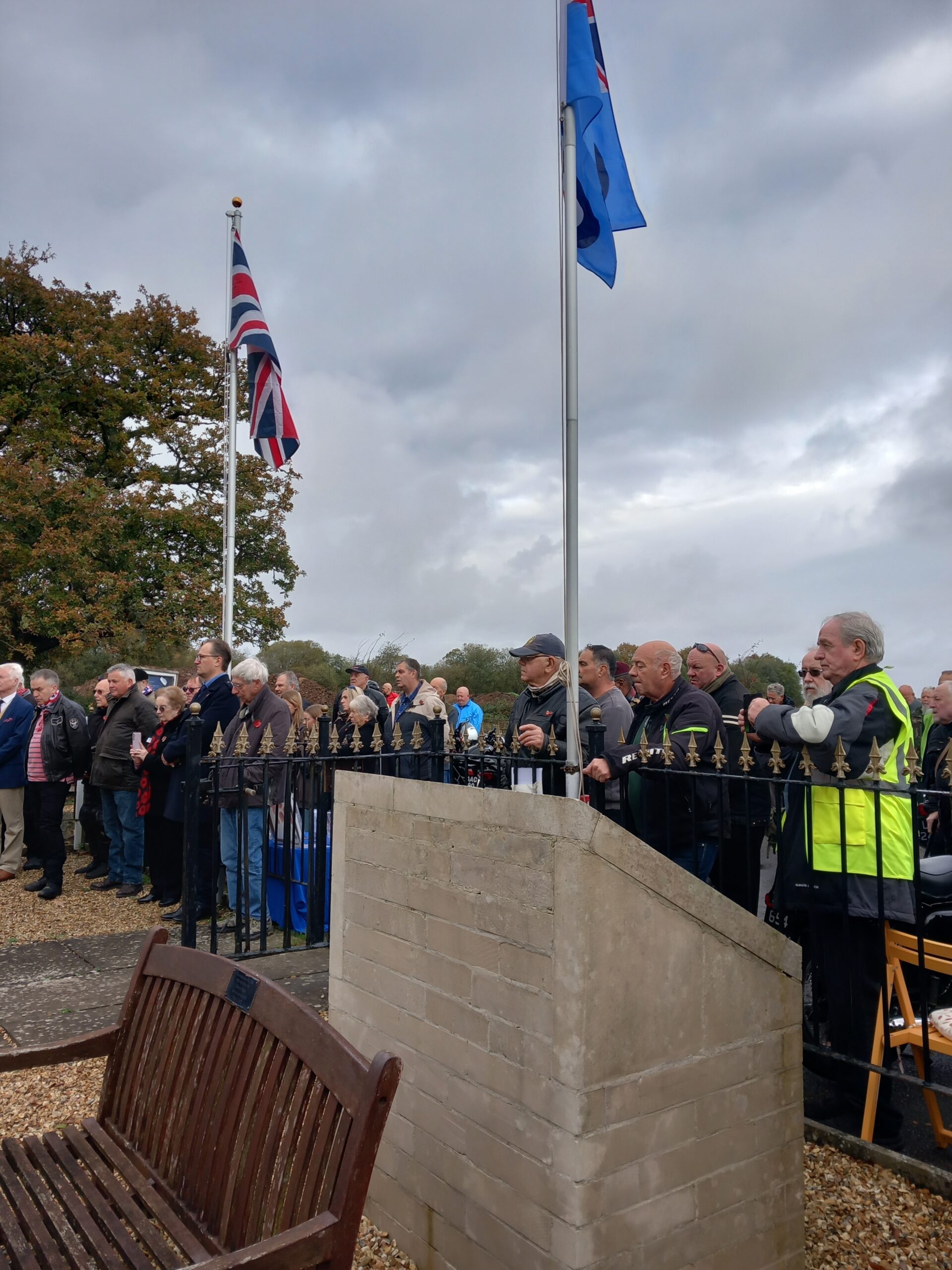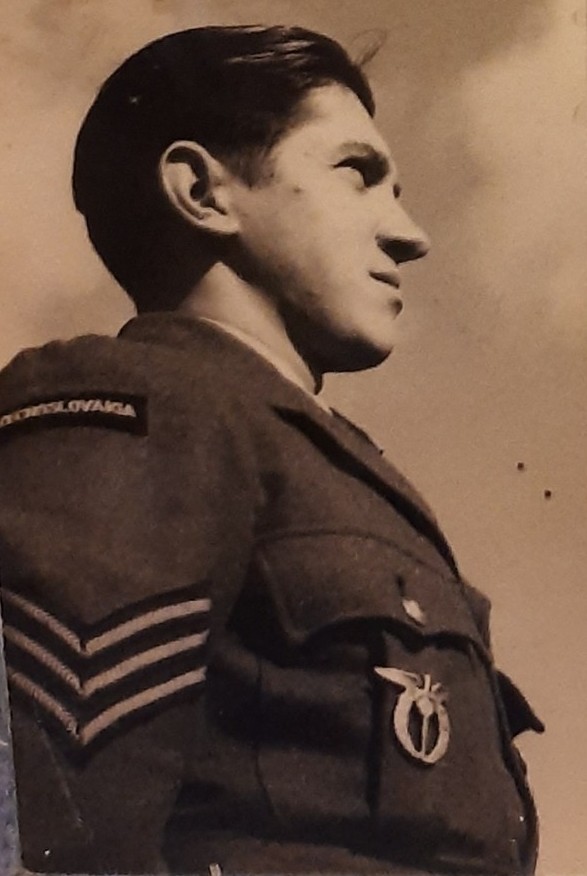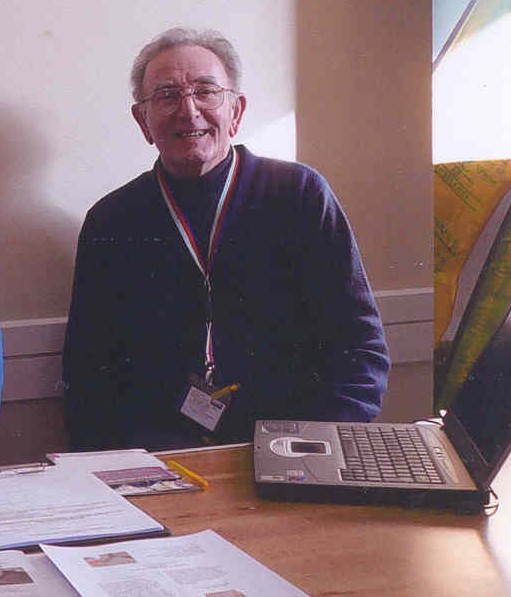Airfields & Aircraft

The Twelve Airfields
The twelve airfields in the New Forest can be seen on this map. A brief introduction to each of the airfields is below. Much more detailed information and archive material can be found in the FONFA Heritage Centre, on the website of individual airfield groups and by using the links below.
The Airfields
RAF Stoney Cross

RAF Stoney Cross was one of the main concrete runway airfields which had many heavy aircraft and gliders operating from it during WW II. Little remains of this once busy airfield today but for a few areas of concrete that were former taxiways and the perimeter track.
RAF Beaulieu
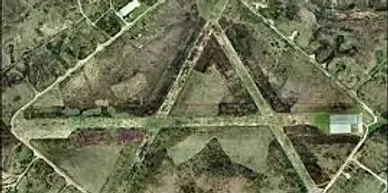
RAF Beaulieu was one of the main airfields initially used by Coastal Command Liberators in anti-submarine roles before it became a fighter base for RAF Typhoons and USAAF P47 Thunderbolts which provided escort and ground attack capabilities.
RAF Holmsley South
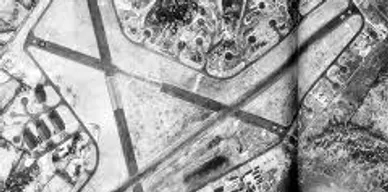
After a period of use by Coastal Command Liberators, RAF Holmsley South became part of 10 Group hosting many different squadrons. RAF Spitfires, Typhoons, Mustang and Mosquito as well as USAAF B26 Marauders operated here.
RAF Ibsley

RAF Ibsley was one of the main airfields that was used as a fighter base with Hurricanes, Spitfires and then Typhoons of the RAF, mainly providing escort duties. The USAAF operated Lightnings predominantly in a close support role. The RAF then used Ibsley for transport.
RAF Needs Oar Point ALG

RAF Needs Oar Point was an Advanced Landing Ground that was operational for a year between mid 1943 and 1944. Being home to 4 RAF Typhoon squadrons, with up to 150 aircraft, made it one of the busiest airfields in the New Forest.
RAF Lymington ALG

RAF Lymington, also known as Pylewell, was operational between March and June 1944 as the base for the 50th Fighter Group, operating P 47 Thunderbolts primarily in a ground attach role.
RAF Christchurch

RAF Christchurch played a vital role in the development of electronics and radar. It was the centre for Churchill’s Wizard War and the home of Airspeed. During 1944 the 405th Fighter Group operated P47 Thunderbolts in the run up to D-Day.
RAF Hurn

RAF Hurn was used by both British and American squadrons operating medium to heavy bombers and transport aircraft during WW II. It is the only war time airfield that still operates today, as Bournemouth International Airport.
RAF Winkton ALG

RAF Winkton was an Advanced Landing Ground that was only operational for three months in 1944. It was used by the American 404th Fighter Group operating P47 Thunderbolts.
RNAS/RAF Calshot

RAF Calshot, located at the entrance to Southampton Water, was a specialist seaplane facility used for the operation and maintenance of Short Sunderland flying boats and other RAF seaplanes. RAF air sea rescue launches were also based at Calshot.
RAF Bisterne ALG

RAF Bisterne was only operational from April to July 1944 when it provided a base for the 371st Fighter Group and their P 47 Thunderbolts. Little remains today.
RAF Sopley “Starlight”
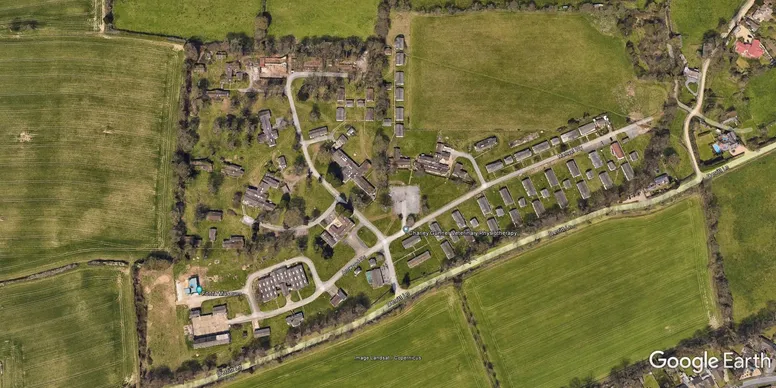
Whilst not an airfield, RAF Sopley or “Starlight” as it was known was the home of Southern Radar and the Joint Services Radar Training School. After its time as an RAF Station Sopley Camp was used to house some of the Vietnamese Boat People who came to England.
RFC/RAF East Boldre

East Boldre became home to the New Forest School of Aviation in 1910, the second in the UK and only the fifth in the World. In 1915 the site was taken over by the Royal Flying Corps as a training school for pilots. By 1918 it was an extensive airfield but by 1920 everything had been removed, except for the building that is now East Boldre Village Hall.
RAF Sway
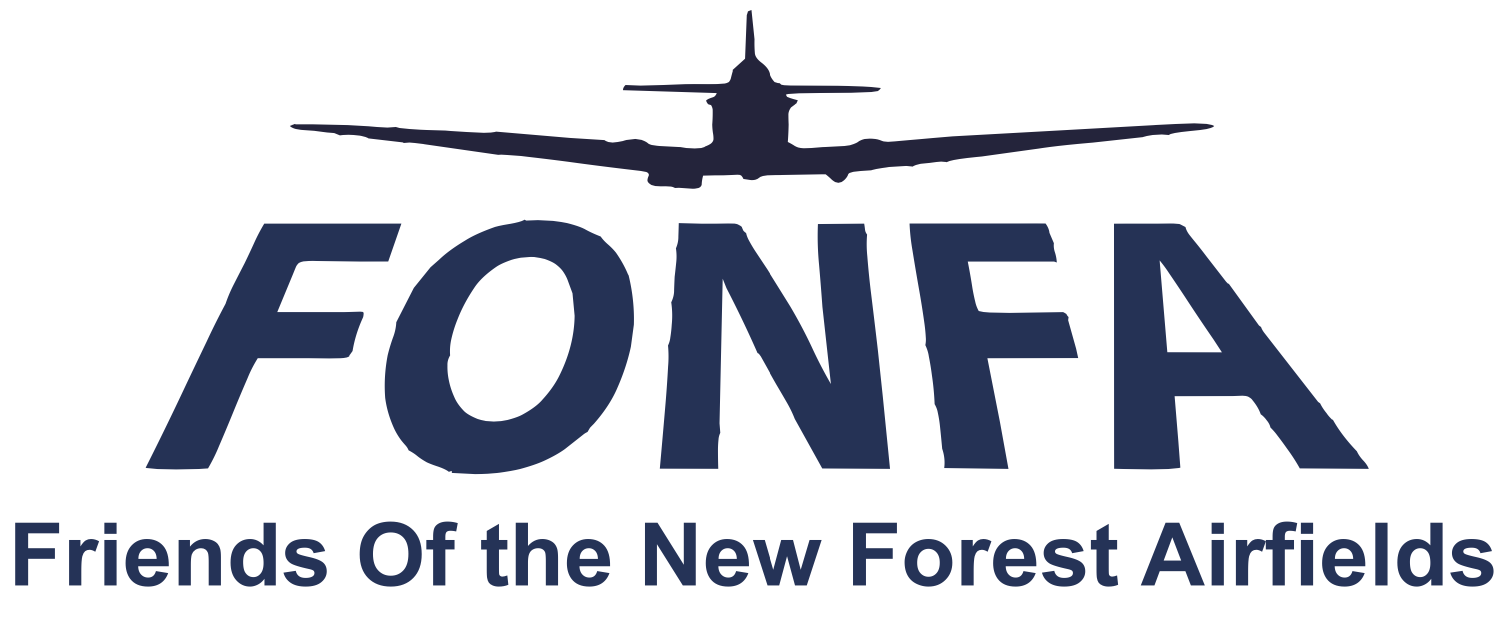
RAF Sway was established as an Emergency Landing Ground for aircraft based at RAF Christchurch. The idea was to park aircraft there overnight, safe from German attack, however, this failed as the Luftwaffe bombed RAF Sway on several occasions. In November 1941, after a little over a year in operation, the station closed.
British Aircraft
American Aircraft
Liberator

The American built Liberator was used by both British and American Air Forces in many roles. At approximately 18,500 units – ncluding 8,865 manufactured by the Ford Motor Company,at their Willow Run Plant, it holds records as the world’s most produced bomber, heavy bomber, multi-engine aircraft, and American military aircraft in history.
Gliders
Airspeed AS51 Horsa

The Horsa ia a British glider that played a major role in the D-Day landings. Not only did many gliders depart from New Forest airfields and many examples of the Horsa were built at Christchurch airfield.
General Aircraft Hamilcar

Around 30 of the Hamilcar gliders saw service in the New Forest in support of D-Day. They were capable of carrying light tanks and other heavy anti tank guns in support of airborne forces.
Waco Hadrian

The Waco Hadrian was an American troop and cargo carrying glider and a number of these operated from New Forest airfields in the battle for Normandy in support of American airborne troops.
Glider Tow

A number of different aircraft were used as tow planes for the gliders including the Dakota, Sterling and Wellington. A small group of these gliders undertook an incredible 17 hour tow from Britain to North Africa.
More Information on World War 1 and 2 Aviation and Airfields
The Real New Forest Guide provides a very good overview of the New Forest Airfields, the role of the New Forest in preparing for D-Day and some additional information on the main airfields.
Long Beech Camp Memories
A series of fascinating memories of life at the Long Beech Camp on Stoney Cross airfield, and the surrounding New Forest by those who lived there. An insight into the social aspects of a World War 2 airfield.


